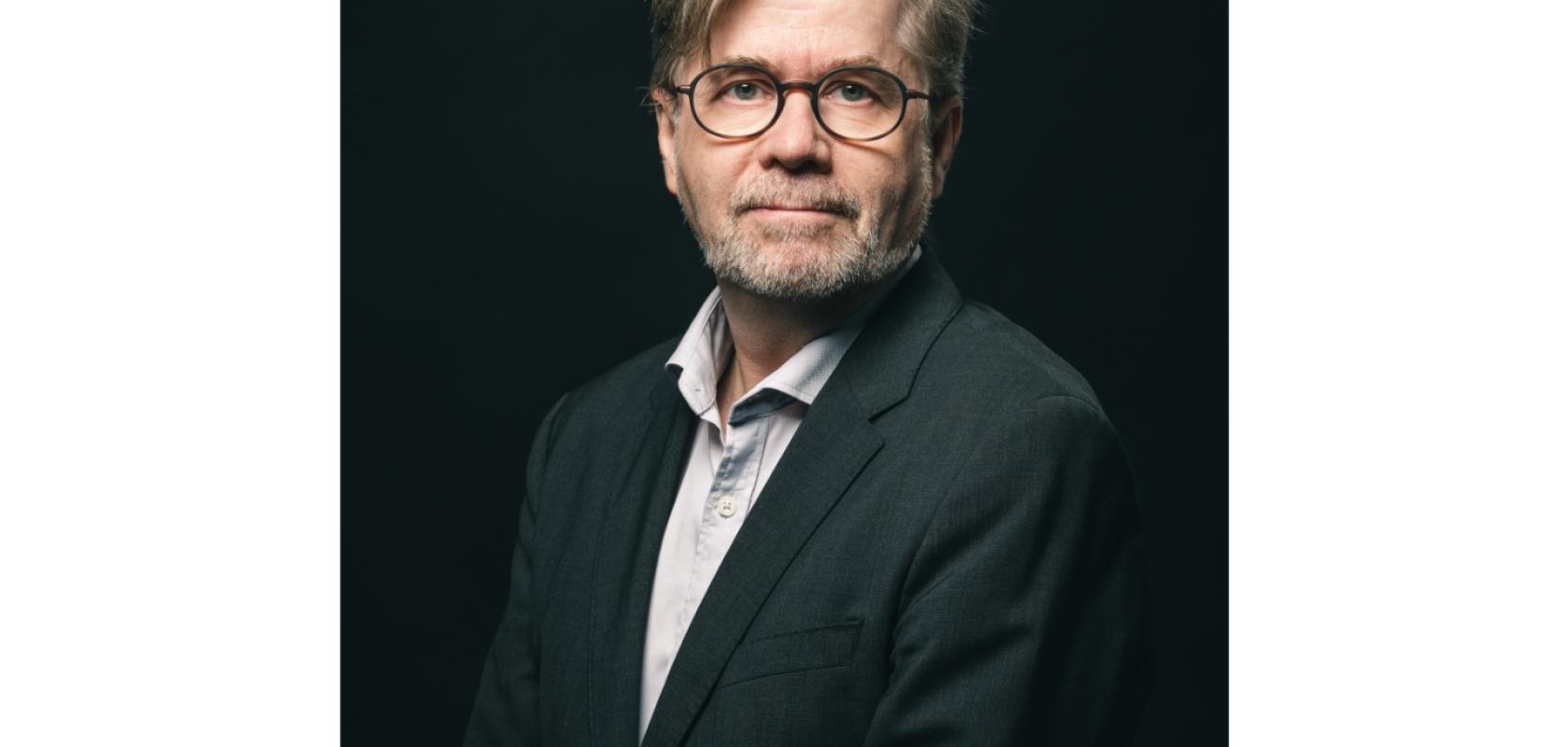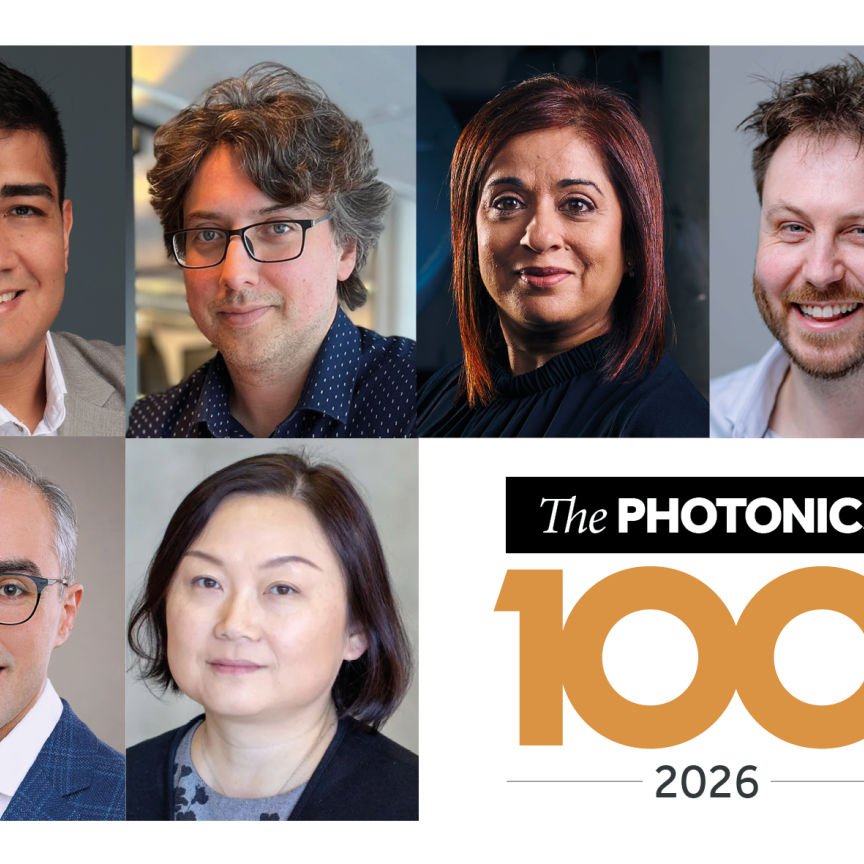Imaging and Machine Vision Europe speaks to previous honoree of The Photonics100, Dr Tapani Ryhänen, CTO of Emberion Oy, a developer of high-performance nanomaterials-based short-wave infrared (SWIR) imaging sensors in Espoo Finland.
What is the next big thing in your area of photonics research?
Since 2007 I have been working on different nanomaterials and their applications in various sensors and electronic components.
Over the past ten years, my team has systematically focused on creating novel image sensors and cameras based on colloidal quantum dots and 2D layered materials, especially graphene.
Expanding the wavelength range of affordable image sensors to SWIR and middle wavelength infrared (MWIR) will open numerous applications in industrial machine vision, spectroscopy and eventually in consumer applications. This will be possible using low-cost manufacturing technologies and novel materials. We will see SWIR and MWIRsensors in environmental measurement, as enablers of circular economy and various industrial measurements.
What do you think the biggest challenges in your area will be over the next year?
Scaling up the production of nanomaterial-based image sensors requires a lot of effort and investments. The stability of the image sensors based on nanomaterials will improve gradually. Image sensors that are robust over time and in challenging operating conditions will be created.
What is the biggest personal challenge you have overcome?
Throughout my life, I have enjoyed starting something new. The challenge of starting something from scratch and getting a team of people around it has always motivated me. It is impossible to mention one – building a Nokia research team in Cambridge and establishing the Emberion company were two great adventures that shaped my life.
What advice would you give to someone embarking on a career in photonics research?
Be patient and try to learn broadly both theory and practical skills to fabricate and measure. In physical sciences there are no shortcuts, it’s important to be well-prepared when you start your own adventures. At the beginning of your career, it’s important to work with people who you can learn from.
Who has been the biggest help to you in your career?
I’ve had the opportunity to work with several great people during my career – in low-temperature physics, MEMS, and nanotechnologies. Without naming anyone I feel grateful to my former and current colleagues for the opportunity to learn both from them and together with them.
Who, in your opinion, are the up-and-coming R&D ‘rock stars’ in your area or organisation?
There are some great scientists working in the field of nanomaterials and 2D layered materials for photonics that I have learned to know, such as those in the European Graphene Flagship project. I am confident that one of them will make a breakthrough in the coming years.
You can make your nomination for The Photonics100 2024 here.


